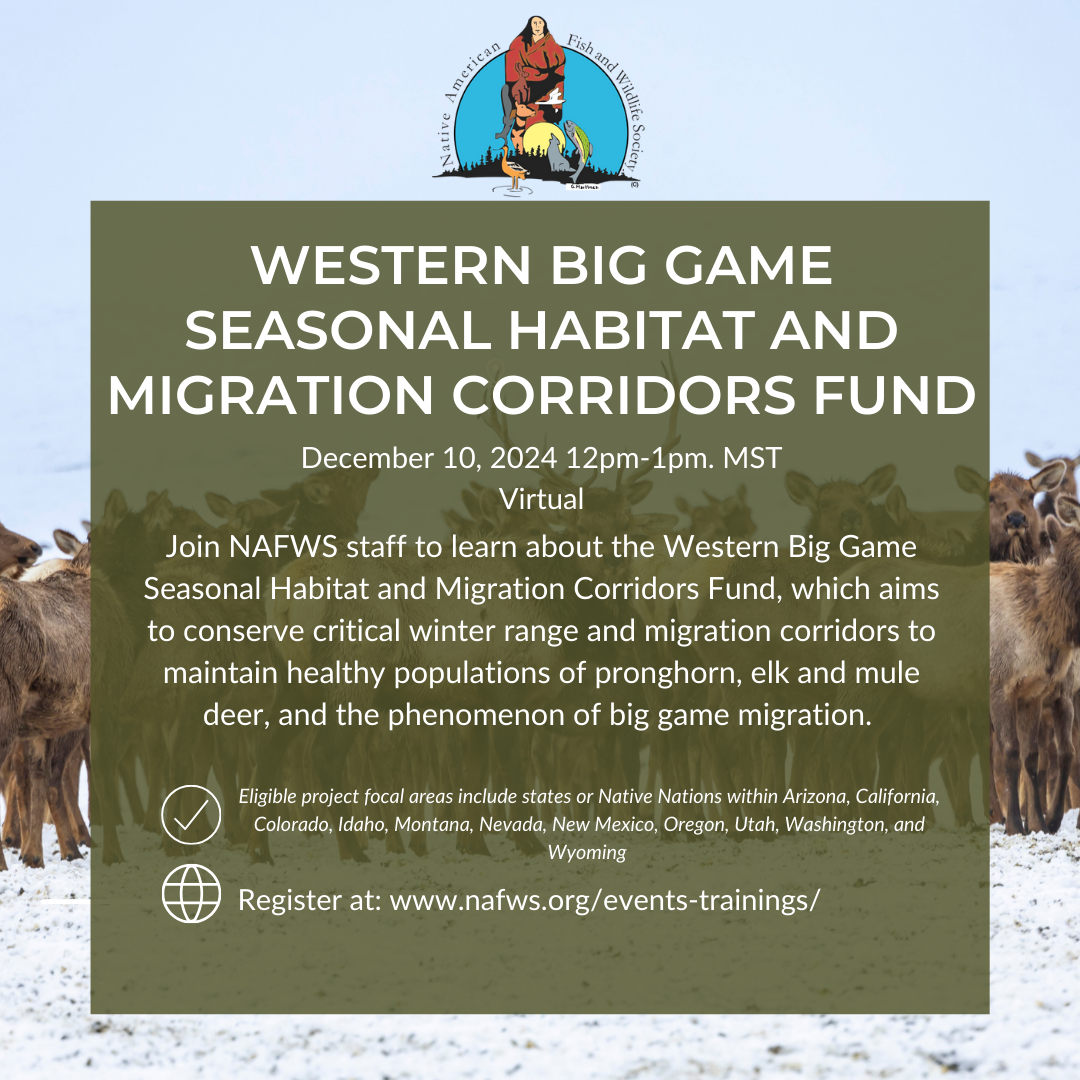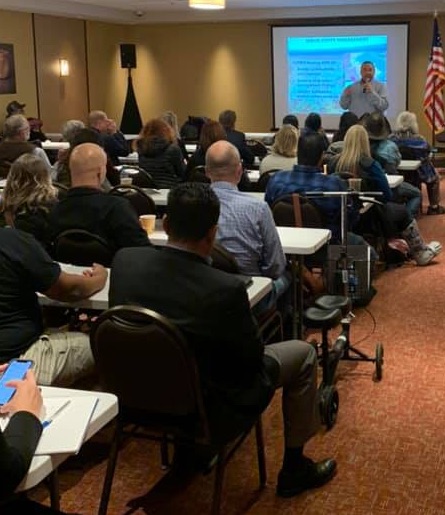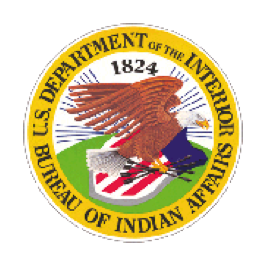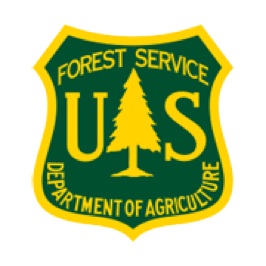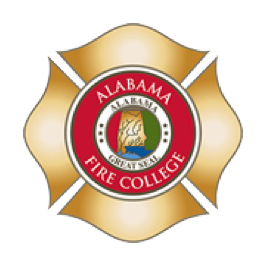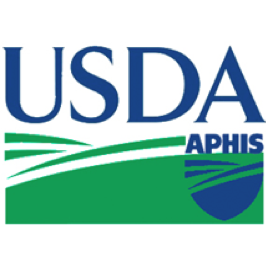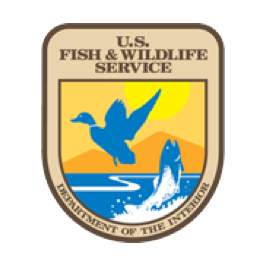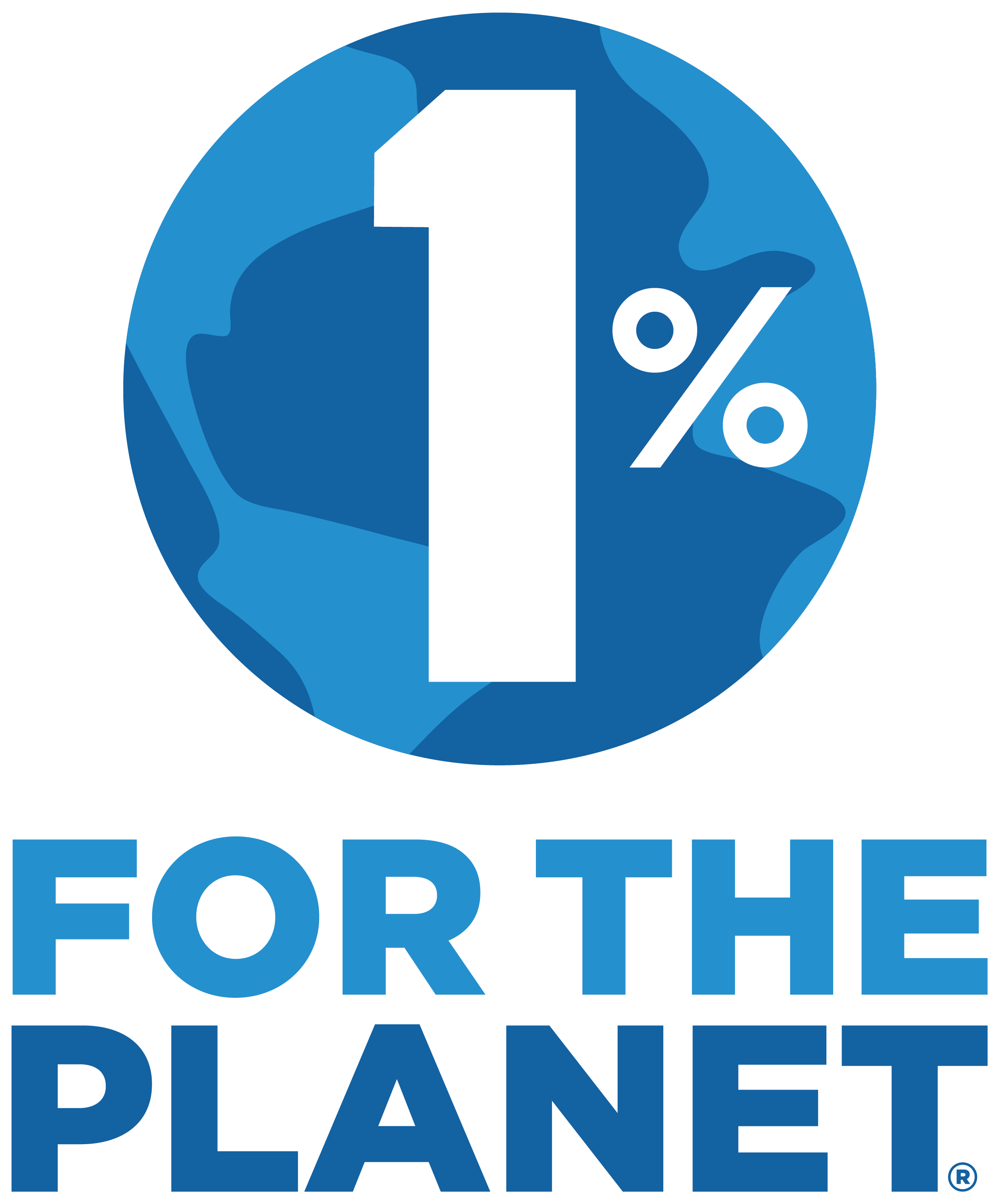Description
Funding Webinar: Western Big Game Seasonal Habitat and Migration Corridors Fund
National Fish and Wildlife Foundation’s (NFWF) Western Big Game Seasonal Habitat and Migration Corridors Fund is now open! Join NAFWS staff to learn about the program, which is due 2/13/2025. The Western Big Game Seasonal Habitat and Migration Corridors Fund aims to conserve critical winter range and migration corridors to maintain healthy populations of pronghorn, elk and mule deer, and the phenomenon of big game migration. The program is working with conservation partners across Arizona, California, Colorado, Idaho, Montana, Nevada, New Mexico, Oregon, Utah, Washington and Wyoming.
The webinar will take place December 10, 2024 from 12:00 p.m. – 1:00 p.m. MDT
